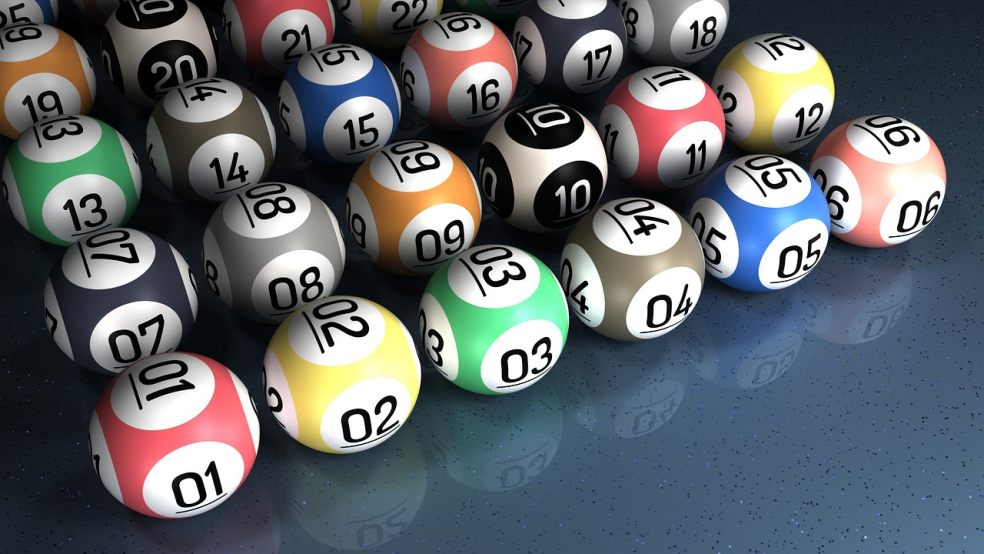
Answering all your Bingo questions
A timeless classic, Bingo has been entertaining players for decades. Most of us have at least heard of it, even if we might not yet have played a game ourselves.
This game of matching randomly drawn numbers to squares on a player’s card is pretty simple at its heart. It’s quick to pick up, with far less complicated rules than other gaming staples such as Poker and Baccarat. With plenty of free Bingo options online it’s no surprise that the game is so popular.
If you’re curious to learn a little more about the game of Bingo then read on, as we answer all your burning Bingo questions.
How does Bingo work?
Let’s start out simple – how does a game of Bingo work?
Each player has their own Bingo card that shows a grid of numbers that they’re aiming to mark off before anyone else. Whoever matches all the numbers on their card – or a set pattern – first is the winner.
The shape of the grid and how many numbers you need to match depends on the version you’re playing, but the basic idea stays the same.
Why is Bingo called Bingo?
The name Bingo is the title New York toymaker Edwin Lowe chose when he published a commercial edition of the game. Accounts differ on why he chose the name, with some saying that he was inspired by a player who shouted ‘Bingo’ when they won a round.
Before becoming Bingo, the game was known as Beano in the US. This title is a bit easier to attribute, as players used beans to mark off their numbers when playing a round at a country fair.
What are all these different versions of Bingo?
As simple as Bingo is to get into, you might be confused by the variety of different versions of the game on offer.
Probably the most common Bingo format is 90-ball, which is the version of the game played in UK Bingo halls. This has the highest ball count, with every number having its own Bingo lingo nickname.
The other defining feature of 90-ball is the format of the Bingo card. With a 9x3 grid, featuring only five filled-in numbers per row, players can only win a round by filling out lines horizontally. Prizes commonly go to the players who are first to fill out one and then two lines, as well as the full house winner.
75-ball Bingo is the one that Americans are more familiar with, which naturally cuts down the ball count a little. This is where you’ll find the iconic 5x5 Bingo card grid, with all but the centre square having a number to match.
Unlike the British version, in 75-ball games players can fill out lines horizontally, vertically, diagonally or even in set patterns. It makes for a very different pace of gameplay and many players prefer it over the more linear 90-ball format.
Many online platforms also offer 30-ball Bingo games, generally called Speed Bingo. These go by even faster than other formats, aimed at players who don’t have the time to sit down for a full round of a longer Bingo game.
There are plenty of other varieties of Bingo out there, drawing on different themes and gameplay twists to entertain players.
Now you should feel a little more up to speed on the world of Bingo and the main formats of this gaming classic.











 (wecompress.com).png?itok=P73iYY1H)


